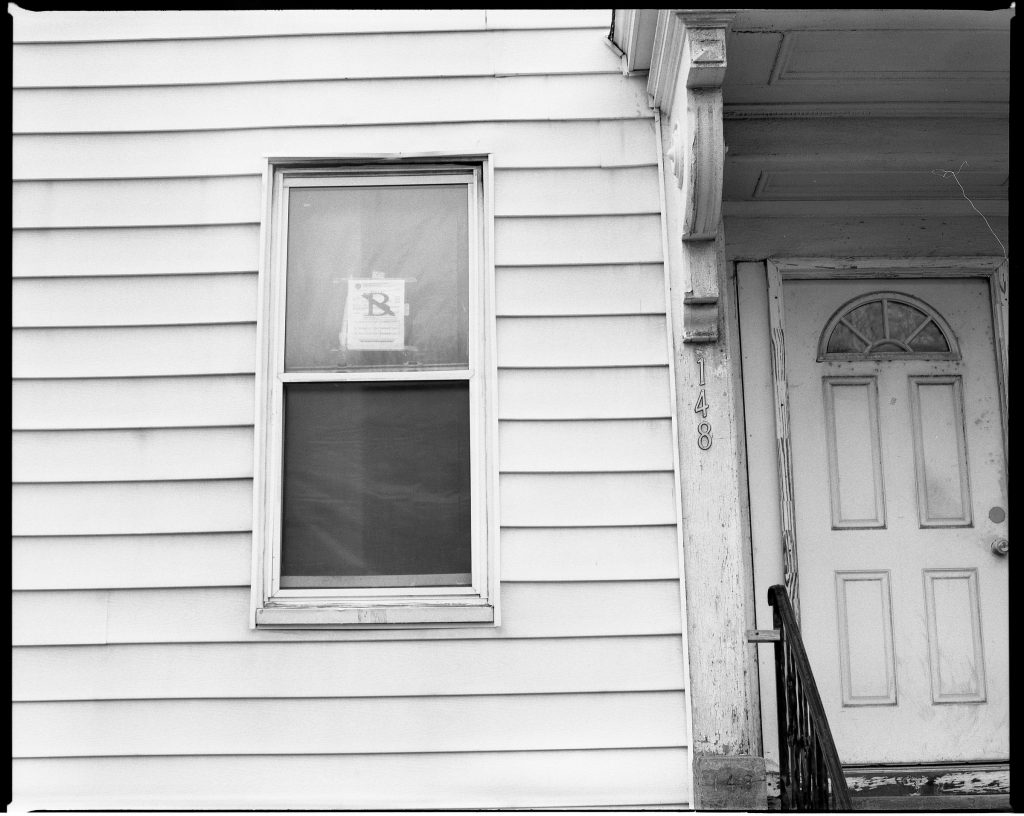How To Evict A Tenant In California

Published on Aug 16, 2021
LandlordsThe eviction process has drastically changed since the pandemic started, but assuming the state legislature doesn’t extend the eviction moratorium, the normal eviction laws will return when it expires at the end of September. Here is how to evict a tenant under the normal California laws.
Make sure you have a valid legal reason
There are specific reasons a person can be evicted. It can’t be just because a landlord doesn’t like a tenant or some personal reason. Here are the reasons a tenant can be evicted.
- Tenant fails to pay rent
- Tenant violates one or more of the terms of the rental agreement
- The tenant damages the property and the damage lowers the property value
- Tenant becomes a nuisance to the neighbors
- Uses the property improperly. For example, they might set up a commercial space or sell/make drugs on the property.
You can also evict a tenant on a month-to-month lease as long as you give them property notice.
A landlord can’t use force to remove a tenant. They can’t lock the tenant out or cut off the water and electricity. The tenants can’t be threatened with unlawful methods or threaten deportation of immigrant tenants. Landlords must go through the proper legal channels.
If unlawful attempts to evict are used, landlords can be held liable up to $2,000 per incident. It is also illegal to file an unlawful detainer action in retaliation because a tenant files a complaint about living conditions with an inspector or agency.
Serve tenant with proper notice
If you’re evicting a tenant because of a failure to pay rent, you’re required to give a three day notice to allow them to resolve the situation. No penalties and utilities can be required to be paid at the end of the 3 day period. The only amount that can be required to resolve the situation is the rent that is due. The notice must include:
- Name, address, and phone number of the person or financial institution to whom the rent must be paid and include hours and days that the person or financial institution is available to receive the rent
- Date you served the demand to the tenant
- Name(s) and address(es) of the tenant(s)
- Total amount of rent due
- A certificate of service that specifies how you provided the notice to the tenant
- The signature of the landlord
Tenants will often claim to have not received property notice, so it is important to make sure they are served properly. Tenants may also use the process to notify a landlord’s wrongdoing. If there is any illegal activity, the case could swing in favor of the tenant.

In order to properly serve the tenant with a notification, you must hand it to them directly or leave it by their feet if they refuse to accept it. You can’t just post a notification on their door. If this isn’t possible, the notice can be given to a person who is over 18 in their property or at their place of work and the notification can also be mailed to the tenant. If none of these options are possible, then a notification can nail a copy to their door and mail it as well. Some counties may require approval to “nail and mail.” the notice.
If you’re evicting a tenant on a month-to-month lease, you’re required to give them a 30 day notice to move out. If they have lived there for over a year, you’re required to give them 60 days. If it is government subsidized housing, 90 days is required.
If tenants are committing illegal acts on the property, no 30 day notice is required. The landlord can ask them to vacate the property within three days.
Wait for notice to expire
The time to wait is all dependent on the type of notification. If the tenant is on a month-to-month lease, you’re required to wait 30 days before filing a lawsuit. A failure to pay rent is required to wait until after the three day window granted to pay rent.
File legal documents with local court
The proper legal documents must be filed with the county court where the rental property is located. These are the three forms that are required :
The documents must be filled out with factually accurate information and the clerk will give a summons as well as a stamped copy of the unlawful detainer complaint. You can get a copy of the prejudgment right of possession form or print one yourself. This form is used for a person living on the property who doesn’t have their name on the lease.
The process takes about 2 months from the date the paperwork is filed.
Serve tenant with legal documents
These documents cannot be served by just hanging the document on their door. The summons need to be served in person. Do not continue to serve the documents as it will start the process all over again and just take longer.
Wait for the tenant to respond to the lawsuit
Tenants have five days to file a response with the court challenging the lawsuit. If the tenant fails to file a response within five business days, you can ask for a default judgment by filing another document. The clerk will give you a date and you will have to show a judge you took all the proper steps and the tenant defaulted.
Go through the court process
The court date is usually set between 10 and 20 days, depending on your local court. During this time landlords cannot collect rent, but tenants are responsible for rent payments. Tenants may file a number of legal objections which landlords in turn will need to respond to in writing. If the judge sides with the tenant, there is a “leave to amend” which is a second chance to prove there is a valid case. If this is rejected, the case may be dismissed and the process will have to start all over again.
If the tenant answers the complaint, a trial date will be set and both sides will have an opportunity to present evidence and make their case.
If the court ruled in favor of the landlord, a writ of possession will be issued which gives the county sheriff the authority to physically remove and lock out the tenant if they don’t leave on their own within five days. The court may also require the tenant to pay any unpaid rent, attorney’s fees, or up to a 600 dollar penalty. A landlord cannot legally evict a tenant without the writ of possession.
Depending on the location of the property, landlords may have to give the tenants an opportunity to pick up the property. Otherwise it can be sold or disposed of. You may also be required to move their property to a storage unit for a set period of time.
The eviction will be on the tenants record for up to 10 years and show up on background checks when applying for a new home.
Some situations can make evictions more complicated
- If a tenant works for the landlord while living on the property
- If the tenant lives in a residential hotel
- If the tenant rents a foreclosed unit
- If the tenant lives in a mobile home or RV park
The Protecting Tenants At Foreclosure Act gives tenants of foreclosed homes special protections that need to be considered. If the person is the original individual on the lease, it gives some restrictions from new owners to evict. If a bank takes ownership of the property it must give a month-to-month lease to the tenant and give them a 90 day notice to move out if the buyer is ready to move into the property as their primary residence. If the new owner is using it as an investment property or a vacation property, it cannot evict the tenant without any violations of the lease agreement
Be sure to seek professional legal counsel throughout this process.